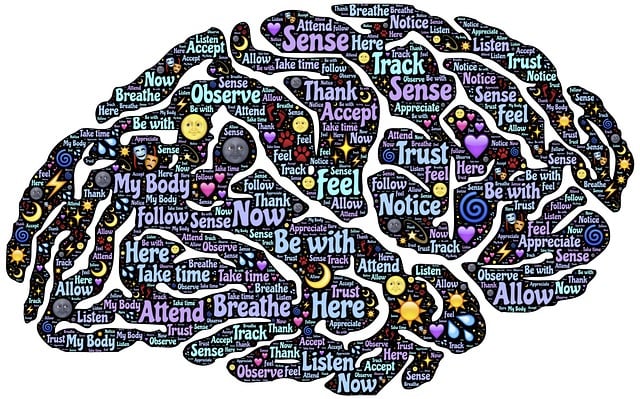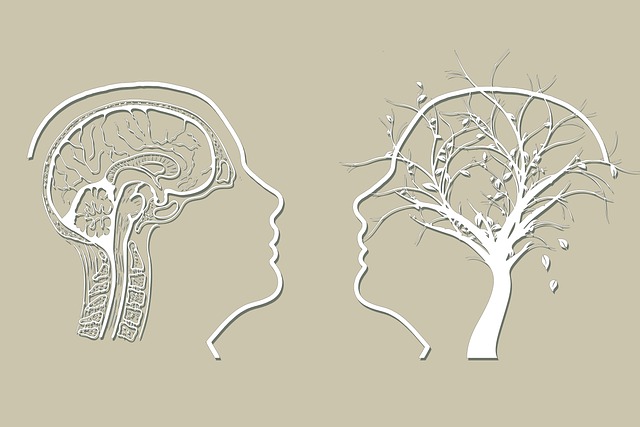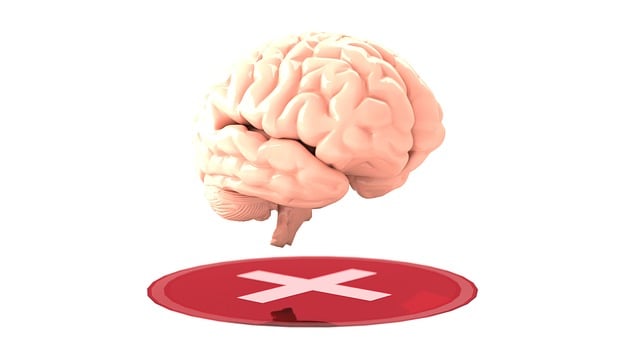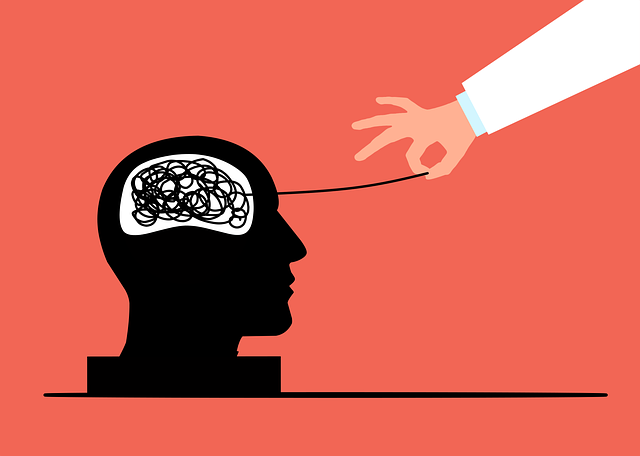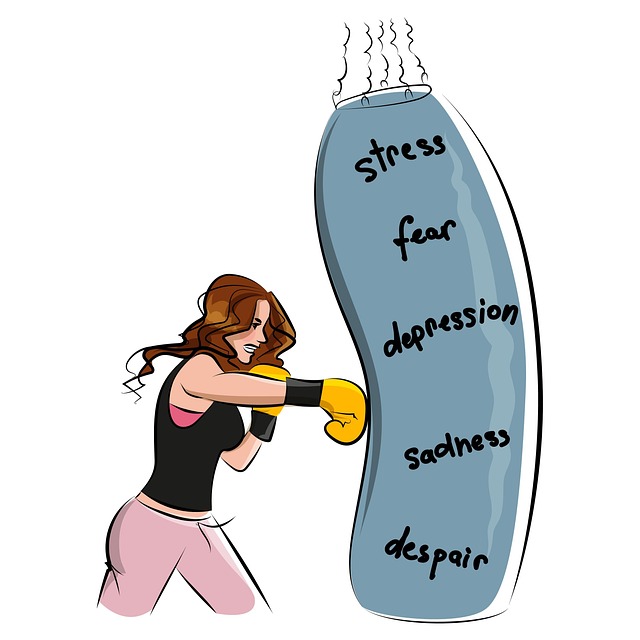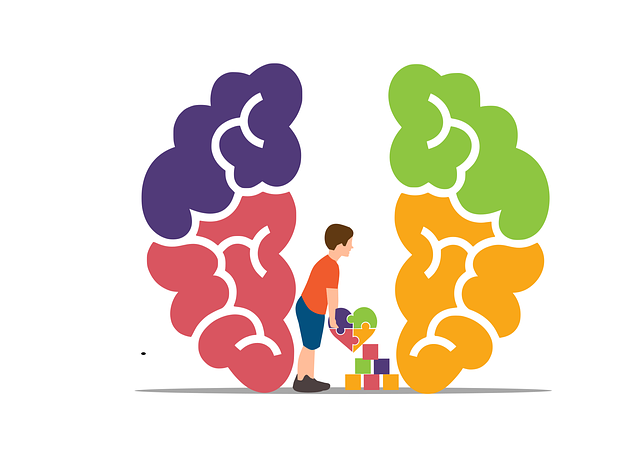Crisis intervention for young children leverages tailored therapies like Eye Movement Desensitization and Reprocessing (EMDR) to mitigate trauma's impact on mental health. EMDR combines bilateral stimulation with traumatic memory recall, reducing emotional intensity and facilitating healing. This comprehensive approach integrates therapy, journaling exercises, and mental health awareness, offering personalized guidance to build resilience and navigate challenges effectively. By creating safe, supportive environments, professionals empower children to cope, fostering long-term mental well-being through EMDR and compassionate support.
Crisis intervention is a vital skill for professionals supporting young children. This article offers comprehensive guidance on effective strategies, focusing on two key approaches: Understanding Crisis Intervention for Young Children and exploring The Role of EMDR (Eye Movement Desensitization and Reprocessing) in therapy. We’ll delve into practical techniques, benefits, and step-by-step implementation for both methods, empowering therapists to provide impactful support during challenging times, with a specific focus on EMDR as a game-changer in therapy for young children.
- Understanding Crisis Intervention for Young Children
- The Role of EMDR in Therapy: Techniques and Benefits
- Practical Guidance for Implementing Effective Strategies
Understanding Crisis Intervention for Young Children

Crisis intervention for young children is a specialized field that focuses on providing immediate and effective support to kids facing traumatic or stressful situations. These early experiences can have profound effects on their mental health, making swift action crucial. Therapy for young children, such as Eye Movement Desensitization and Reprocessing (EMDR), has proven to be an invaluable tool in crisis intervention. EMDR combines exposure therapy with bilateral stimulation, like eye movements, helping children process traumatic memories and reduce the intensity of associated emotions.
By integrating trauma support services and mental wellness journaling exercises into crisis intervention strategies, professionals can offer comprehensive guidance tailored to each child’s unique needs. Mental health awareness is paramount in these situations, as early detection and intervention can prevent long-term issues. Through targeted therapy and supportive care, children can develop coping mechanisms, enhance their resilience, and navigate the challenges they face with greater ease.
The Role of EMDR in Therapy: Techniques and Benefits

Eye Movement Desensitization and Reprocessing (EMDR) is a powerful therapy for young children experiencing trauma or distress. This innovative approach combines eye movements, similar to those in rapid eye movement sleep, with guided recall of traumatic memories or challenging experiences. During EMDR sessions, therapists help children process these memories, reducing their emotional intensity and associated beliefs.
By engaging in specific techniques, such as side-to-side eye movements or tactile stimuli, while recalling the trauma, children can reframe their understanding of the event. This process facilitates healing and allows them to develop healthier coping mechanisms. EMDR has been shown to enhance social skills training by reducing anxiety and improving emotional regulation, which are essential aspects of burnout prevention for young individuals. Self-care practices can complement EMDR therapy, empowering children with tools to manage stress and maintain mental well-being.
Practical Guidance for Implementing Effective Strategies

Implementing effective crisis intervention strategies requires a structured yet flexible approach, especially when supporting young children through traumatic events. Professional therapists utilizing techniques like Eye Movement Desensitization and Reprocessing (EMDR) can help children process and recover from distressing experiences. EMDR therapy for young children is grounded in the understanding that trauma disrupts their ability to cope with and make sense of their emotions and sensations, so it aims to restore this balance.
Practical guidance includes integrating coping skills development into therapeutic sessions. Teaching children age-appropriate strategies like deep breathing exercises, mindfulness techniques, and visualization can empower them to manage future crises. Additionally, compassion cultivation practices may be introduced to foster a sense of self-compassion and empathy, helping young clients understand that their feelings are valid and that they can overcome challenging experiences. Crisis intervention guidance should emphasize the importance of creating a safe and supportive environment where children feel heard and respected, laying the foundation for long-term resilience.
Crisis intervention plays a vital role in supporting young children through challenging situations. By understanding the unique needs of this age group and utilizing evidence-based techniques, such as Eye Movement Desensitization and Reprocessing (EMDR), therapists can provide effective guidance. The strategies outlined in this article offer practical steps to help professionals navigate crises, foster resilience, and promote healing for young clients. When implemented with care, these interventions can make a significant difference in the lives of vulnerable children, ensuring they receive the therapy they need to overcome traumatic events.
